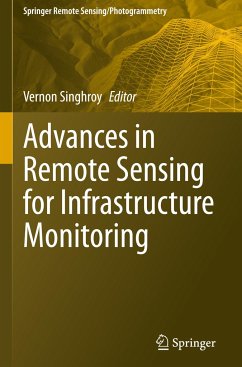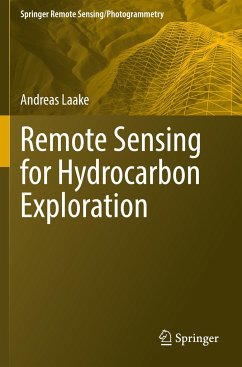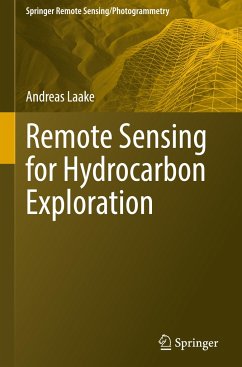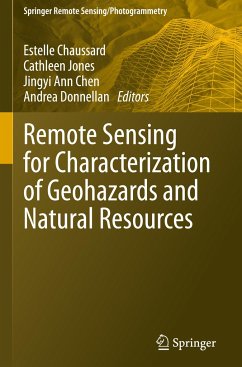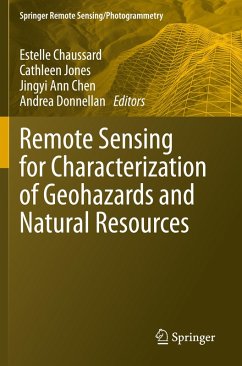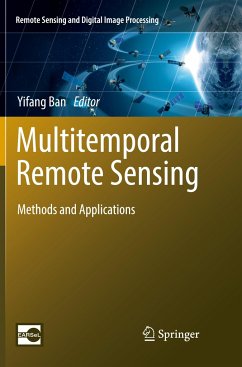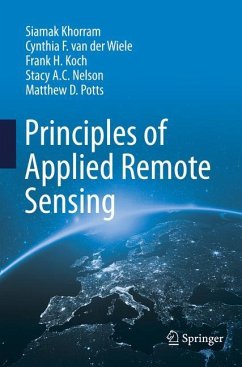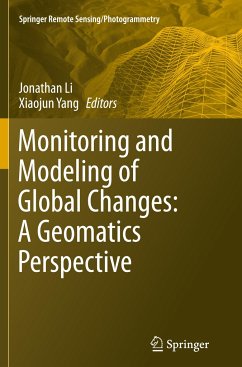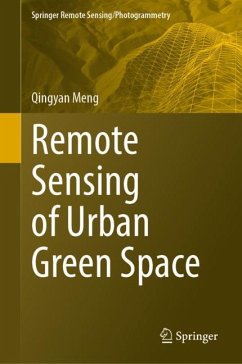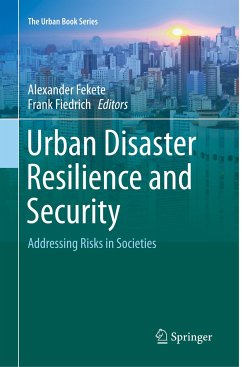
Advances in Remote Sensing for Infrastructure Monitoring
Versandkostenfrei!
Versandfertig in 6-10 Tagen
121,99 €
inkl. MwSt.

PAYBACK Punkte
61 °P sammeln!
This volume provides international case studies of practical and advanced methods using satellite images integrated with other airborne, drone images and field data to monitor infrastructure. The book is timely, as infrastructure spending by national governments is increasing and robust monitoring techniques are needed to keep pace with climate change impacts affecting infrastructures globally. The expert international contributions that comprise the book provide examples of advanced methods using InSAR, high-resolution optical and radar images, LIDAR, UAV, geophysical techniques and their app...
This volume provides international case studies of practical and advanced methods using satellite images integrated with other airborne, drone images and field data to monitor infrastructure. The book is timely, as infrastructure spending by national governments is increasing and robust monitoring techniques are needed to keep pace with climate change impacts affecting infrastructures globally. The expert international contributions that comprise the book provide examples of advanced methods using InSAR, high-resolution optical and radar images, LIDAR, UAV, geophysical techniques and their applications to civil infrastructure. The case studies focus on high-resolution, rapid time-series radar interferometry to monitor highways, railways, pipelines, bridges, urban, and water conveyance infrastructures. Other case studies use optical and radar images to characterize urban infrastructure and monitor damages from floods, oil spills and conflicts. The case studies are global focusingon infrastructure projects in Canada, Dominica Guyana, India Italy, Syria Taiwan, United States and the United Kingdom. This compilation of selected case studies will provide useful guidelines for the civil infrastructure characterization and monitoring communities. The book will be of interest to infrastructure consultants and professionals, scientific communities in earth observation and advanced imaging methods, and researchers and professors in earth sciences, climate change, and civil and geoengineering.



